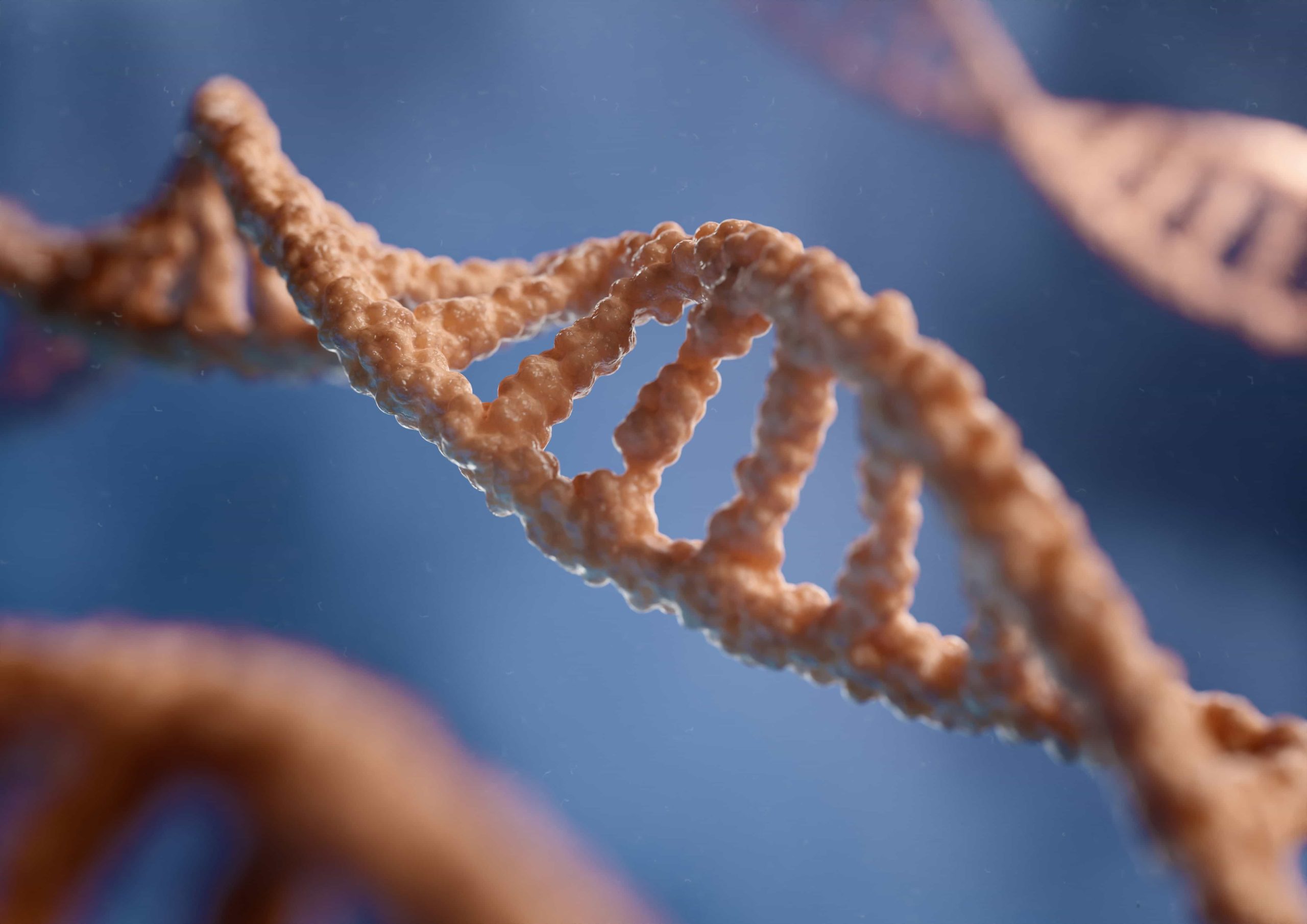contact@cayeit.com
Have you ever wondered why some people seem to effortlessly maintain optimal health while others struggle with chronic diseases and metabolic disorders? The answer may lie in the Ayurveda wisdom and the crucial role of Udana Vata in regulating gene expression. In this ground-breaking exploration, we will explore into the Ayurvedic concept of epigenetics and understand how Udana Vata can hold the key to unlocking your genetic potential. By cracking the Udana Vata code one can optimize the cellular function, enhance metabolic efficiency, and pave the way for a lifetime of vibrant health and well-being.
In Ayurveda, Vata dosha is believed to be responsible for the movement and regulation of various physiological processes, including the expression of genes involved in cellular metabolism. Within Vata dosha, Udana Vata is one of its five subtypes specifically governs actions related to the upper part of the body, including speech, memory, and upward movements such as exhalation. It is also considered to play a role in enthusiasm, effort, and consciousness. To link Udana Vata to gene expression and regulation, we can draw analogies between these Ayurvedic functions and the mechanisms of gene expression regulation observed in modern molecular biology.
Here’s how we can conceptualize Udana Vata’s role:
1. Governing Upward Movements and Energy Flow
Udana Vata is associated with upward movements and is believed to be responsible for the upward flow of energy and vital functions in the body. In cellular metabolism, the upward movement can be likened to the activation and signaling pathways that regulate gene expression. For instance, signaling pathways such as the insulin or mTOR pathways initiate cascades that move from the cell surface receptors to the nucleus, affecting transcription factors and gene expression. These pathways can be seen as the modern counterparts of the vital energy flows governed by Udana Vata.
2. Speech and Expression
Udana Vata governs speech and expression, which are critical for communication and interaction. Speech and expression can be metaphorically related to the transcription of DNA into mRNA, where the genetic information is ‘expressed’ or communicated. Transcription factors, which are regulated by various signaling pathways (potentially influenced by Udana Vata), play a crucial role in this process. Just as speech is a form of expression, transcription is the cellular way of expressing genetic information.
3. Memory and Cognitive Functions
Udana Vata is also responsible for memory and cognitive functions, essential for learning and recall. Memory and cognition can be linked to the concept of epigenetic modifications, which are changes to gene expression that do not alter the DNA sequence but can affect cellular memory and function over time. Epigenetic modifications such as DNA methylation and histone modifications help maintain cellular memory and influence gene expression patterns in response to environmental stimuli. Udana Vata’s influence on cognitive functions can be analogized to its potential role in modulating these epigenetic changes.
4. Effort and Enthusiasm
Udana Vata is believed to provide the energy and enthusiasm necessary for physical and mental effort. Effort and enthusiasm can be related to the cellular energy dynamics and metabolic regulation. For example, the mTOR pathway, which is crucial for protein synthesis and cellular metabolism, responds to nutrient availability and energy status, thus regulating the ‘effort’ cells put into growth and metabolic activities. Udana Vata’s role in providing energy and enthusiasm can be seen as influencing these metabolic pathways, ensuring cells have the necessary resources and regulatory signals for proper function.
Udana Vayu: Genetic Switch regulator
Now we will examine the potential scientific basis behind this concept through the lenses of transcriptional regulation, epigenetic modifications, post-transcriptional regulation, translational regulation, and post-translational modifications.
To further understand the potential scientific basis behind the concept of Udana Vata as a genetic switch regulator, we will examine its role through the lenses of transcriptional regulation, epigenetic modifications, post-transcriptional regulation, translational regulation, and post-translational modifications. By utilizing the functions mentioned in Ayurveda, we can logically justify how Udana Vata might influence these molecular mechanisms and, consequently, gene expression and cellular metabolism.
Transcriptional Regulation
Udana Vata is associated with speech, expression, and the upward flow of energy in the body. In the context of transcriptional regulation, these functions can be logically linked to the process of transcription, where genetic information is “expressed” by being transcribed from DNA into RNA. Transcription factors (TFs) play a crucial role in this process, binding to specific DNA sequences and initiating transcription. Udana Vata’s role in regulating the upward flow of energy could be likened to its potential influence on the energy-dependent processes that TFs rely on, such as their ability to bind to DNA and recruit the necessary machinery for transcription. By facilitating the flow of energy and resources to TFs, Udana Vata may help ensure efficient and accurate transcription of genes involved in cellular metabolism.
Epigenetic Modifications
Udana Vata is also associated with memory and cognitive functions, which can be logically linked to its potential role in regulating epigenetic modifications. Epigenetic changes, such as DNA methylation and histone modifications, are often influenced by environmental factors and experiences, and they play a crucial role in maintaining cellular memory. By modulating the activity of enzymes responsible for these modifications, such as histone acetyltransferases (HATs) and histone deacetylases (HDACs), Udana Vata may help cells adapt to changing conditions and maintain optimal gene expression patterns for cellular metabolism. The association of Udana Vata with memory in Ayurveda could be seen as a reflection of its potential influence on the epigenetic mechanisms that underlie cellular memory and adaptation.
Post-Transcriptional Regulation
Udana Vata’s role in governing speech and expression can be logically extended to its potential influence on post-transcriptional regulation. In Ayurveda, speech is seen as a manifestation of Udana Vata, and this function can be metaphorically linked to the post-transcriptional processing of mRNA. Just as speech requires the proper formation and articulation of words and sentences, the expression of genes relies on the accurate splicing, capping, and polyadenylation of mRNA transcripts. By regulating the enzymes and machinery involved in these post-transcriptional modifications, Udana Vata could help ensure that mRNA molecules are properly prepared for translation into functional proteins, much like how it facilitates the proper expression of speech.
Translational Regulation
Udana Vata’s association with effort and enthusiasm can be logically linked to its potential role in regulating translational processes. The synthesis of proteins is an energy-intensive process that requires a significant amount of effort and resources from the cell. Udana Vata’s influence on cellular energy dynamics and enthusiasm could be seen as a reflection of its potential role in supporting the translational machinery and ensuring the efficient synthesis of proteins. By facilitating the flow of energy and resources to ribosomes and other components of the translational apparatus, Udana Vata may help maintain an optimal rate of protein synthesis and support cellular metabolism.
Post-Translational Modifications
Udana Vata’s role in regulating cellular energy dynamics and enthusiasm can also be logically extended to its potential influence on post-translational modifications. These modifications, such as phosphorylation and glycosylation, are crucial for fine-tuning protein function and stability, and they often require energy in the form of ATP. Udana Vata’s association with enthusiasm and energy flow could be seen as a reflection of its potential role in supporting the enzymes responsible for these modifications, such as kinases and glycosyltransferases. By ensuring an optimal flow of energy and resources to these enzymes, Udana Vata may help facilitate the efficient and accurate modification of proteins, allowing cells to respond effectively to changing metabolic demands and environmental signals.
Conclusion
By examining the functions of Udana Vata mentioned in Ayurveda, such as its role in speech, expression, memory, effort, and the upward flow of energy, we can logically justify its potential influence on the molecular mechanisms that govern gene expression and cellular metabolism. The parallels between these Ayurvedic concepts and the processes of transcriptional regulation, epigenetic modifications, post-transcriptional regulation, translational regulation, and post-translational modifications highlight the potential for Udana Vata to serve as a unifying principle that links ancient wisdom with modern scientific understanding. By appreciating the logical connections between Udana Vata’s functions and the intricate molecular pathways that underlie cellular function, we can gain a more holistic understanding of how this Ayurvedic concept may contribute to the maintenance of optimal health and well-being





